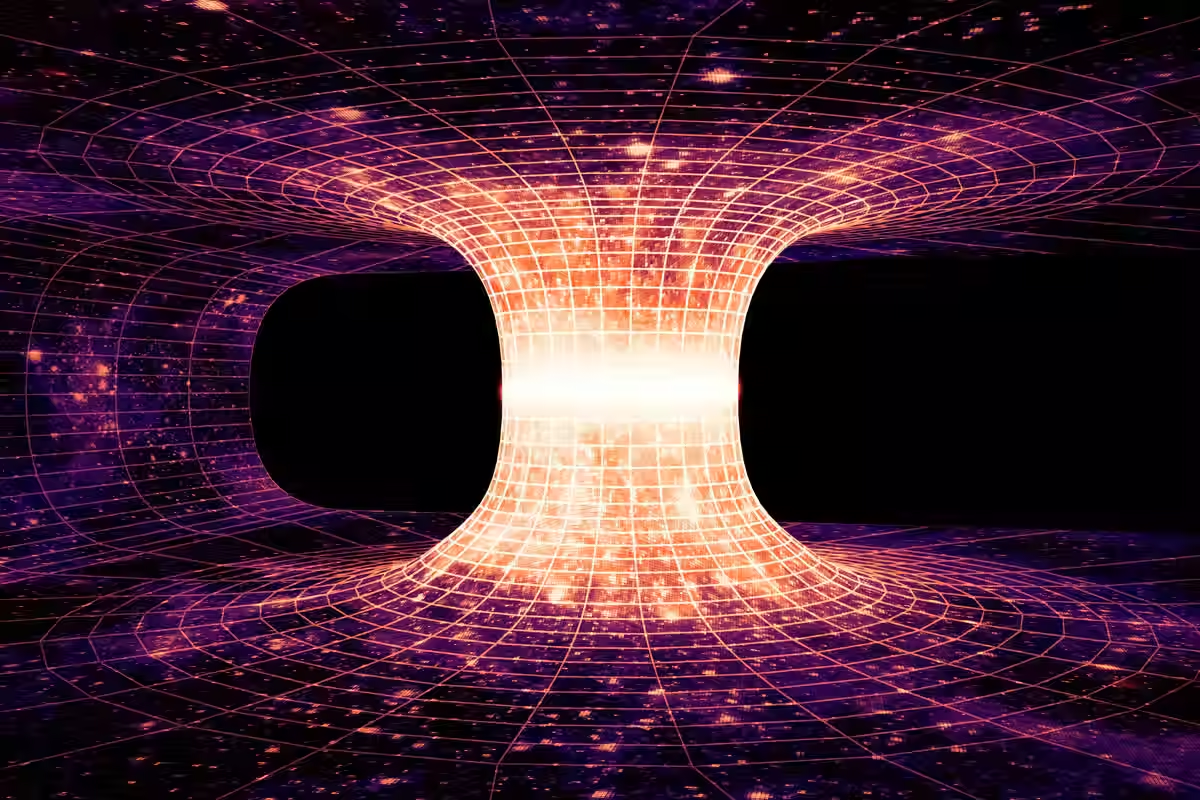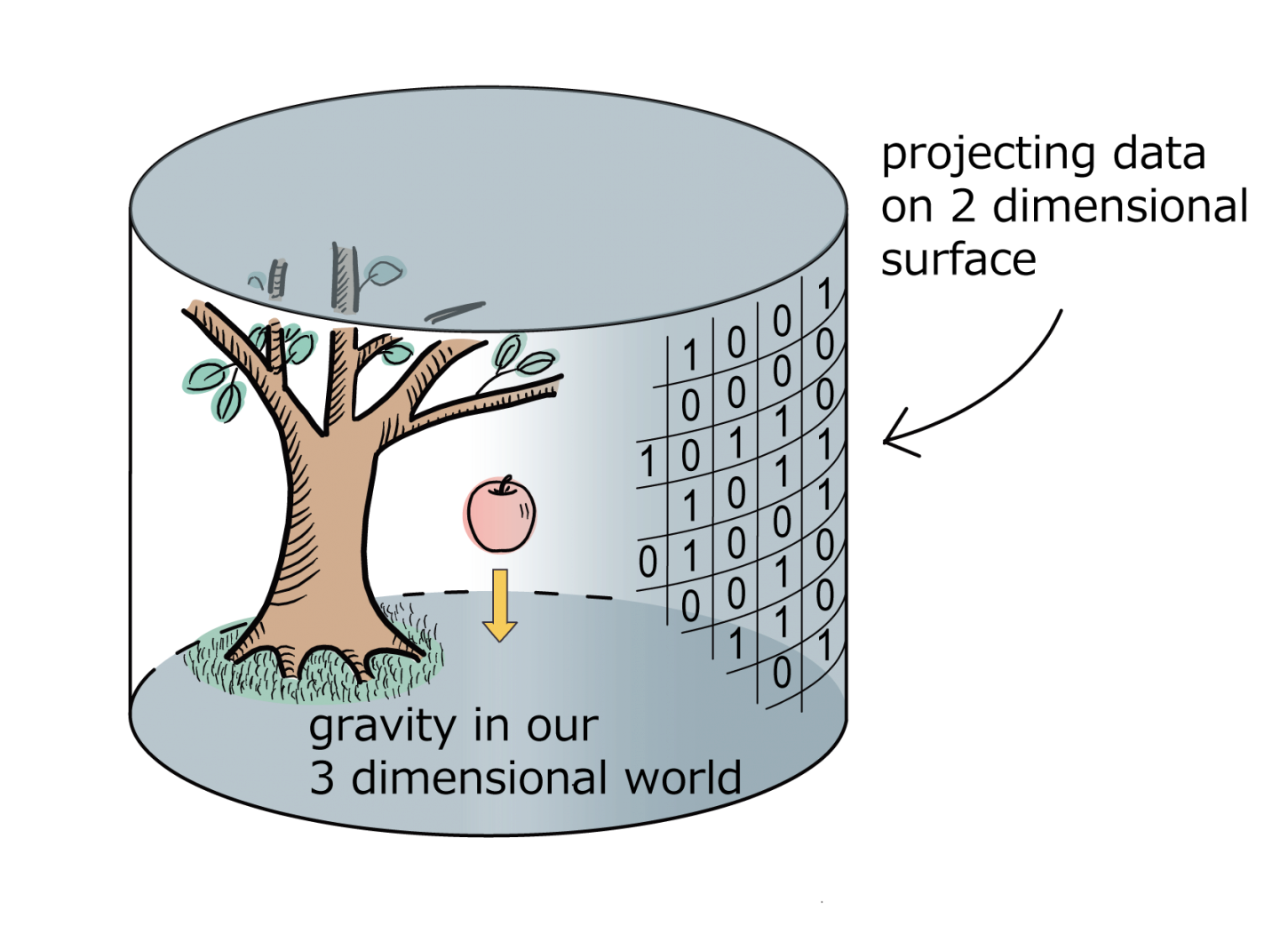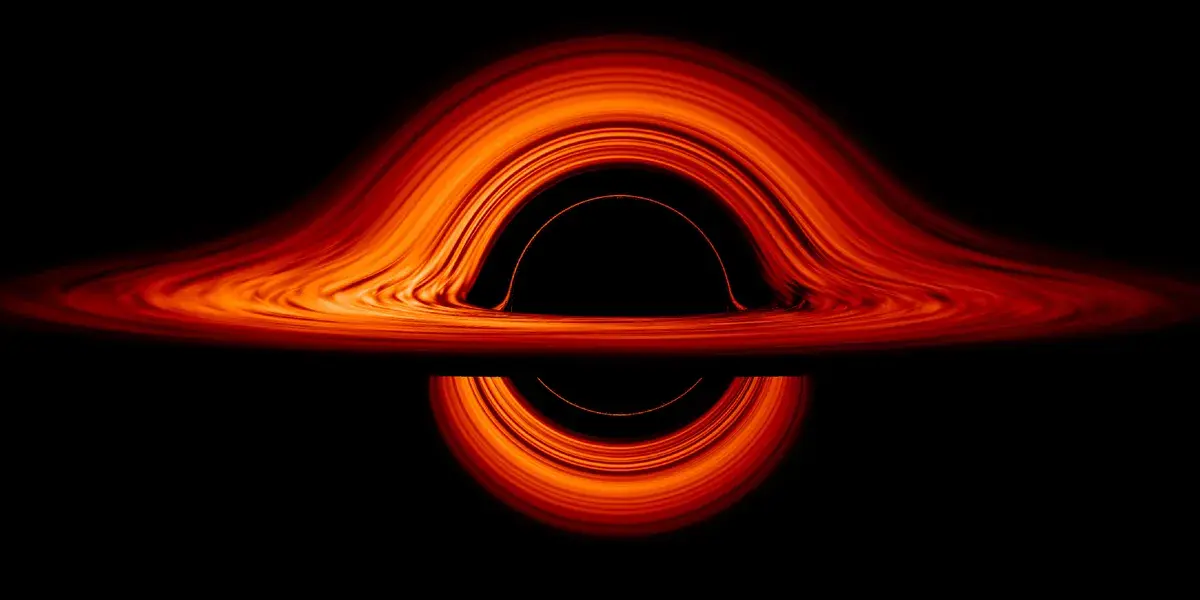






Quantum Gravity
In our group, we investigate low-dimensional models that offer surprising insight into the fundamentals of quantum gravity. A central theme is Jackiw-Teitelboim (JT) gravity in two dimensions, a remarkably simple yet powerful model that captures essential features of black hole thermodynamics and quantum chaos. By focusing on the boundary dynamics—often encapsulated by the Schwarzian theory—we gain an analytic handle on how gravitational degrees of freedom emerge, fluctuate, and encode information. This gravitational edge mode perspective clarifies the role of boundary conditions, asymptotic symmetry, and path integral measures, offering a precise framework to explore questions such as the black hole and expanding universe.
Moving beyond two dimensions, we study 3D Chern-Simons gravity and higher spin gravity, where the absence of local degrees of freedom in pure 3D Einstein gravity is enriched by additional structure in the higher spin sector. These theories serve as a minimal yet non-trivial playground for understanding how bulk-boundary dualities operate, particularly when enhanced symmetries come into play. Our work often leverages BF formulations and related topological methods, which provide a natural language for boundary modes and their holographic realizations. By linking the Schwarzian theory viewpoint in two dimensions to these three-dimensional constructions, we aim to build a unified picture of how gravitational edge modes arise and what they tell us about the deeper nature of spacetime and quantum gravity.

